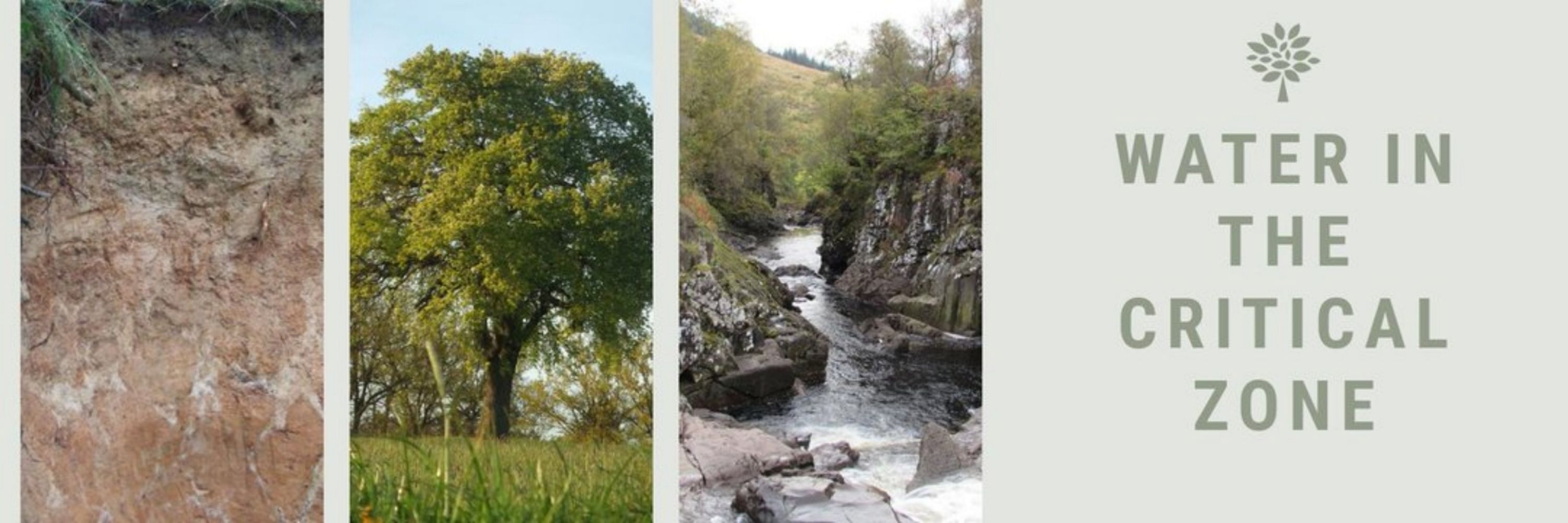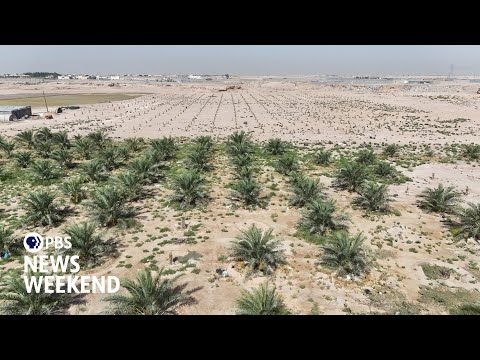Matthias Sprenger
@matthiasprenger.bsky.social
950 followers
520 following
100 posts
Hydrologist working on catchment hydrology, ecohydrology, stable isotopes, and Critical Zone research, https://matthiassprenger.weebly.com/
Posts
Media
Videos
Starter Packs
Reposted by Matthias Sprenger
Reposted by Matthias Sprenger
Reposted by Matthias Sprenger
Reposted by Matthias Sprenger
Reposted by Matthias Sprenger
Reposted by Matthias Sprenger
Reposted by Matthias Sprenger
Reposted by Matthias Sprenger
Reposted by Matthias Sprenger
Reposted by Matthias Sprenger
Reposted by Matthias Sprenger
Reposted by Matthias Sprenger



















